Oni, often translated as ogre or demon, are present in a variety of areas in Japanese culture. You might have heard that during setsubun, a festival associated with the Lunar New Year, people throw beans at oni to drive away evil-spirits. Oni appear in classic Japanese stage dramas of Noh, in Japanese fairy tales and as characters in popular anime. But sometimes you have to look a little harder; you have to look up, onto peoples roofs to find oni.
Oni-gawara – literally “oni-tiles” – are roof tiles that are affixed to the end of the roof ridge. They’re not only for decoration, but also to control rain water. And while gargoyles are found in medieval European cathedrals, oni-gawara differ in that they were meant to keep evil away, rather than illustrate it.
Today, oni-gawara are most commonly found on the top of old buildings and temples. But one company is trying to revive the ancient craft. Today’s pre-fabricated houses might not allow for a traditional-tiled roof, but oni can protect a house and its inhabitants in a different way. Shinto Ltd. commissioned nine oni-shi (artisans specializing in making oni-gawara) to create tiles that can be mounted to walls, or simply placed on top of shoe dressers at entrances.
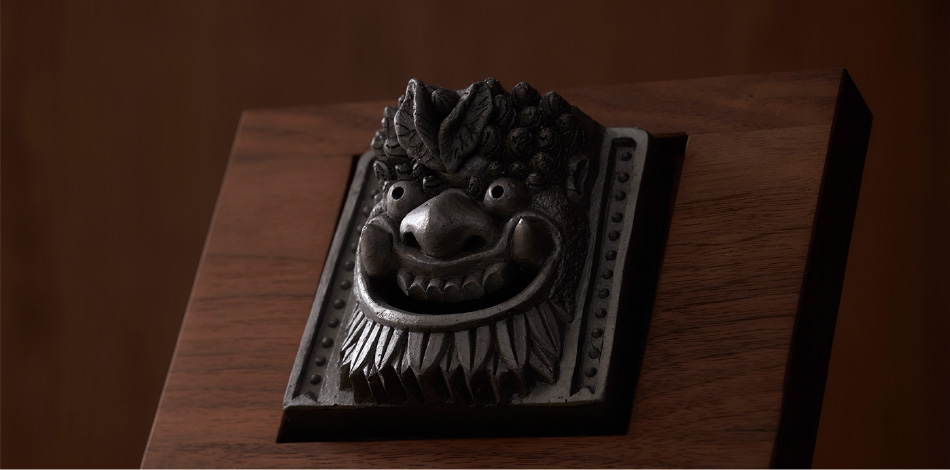
Karasu Tengu Kimen by Yoshitaka Kato
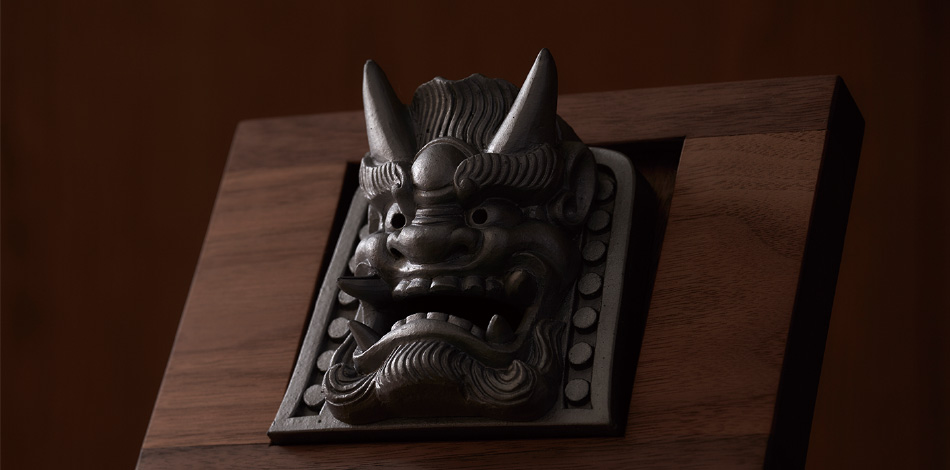
Kimen by Kamiya Shinsuke
These smaller, more contemporary oni-gawara go for about 30,000 yen (about $265). Their compact size (9 x 11 cm or 14 x 20cm on a walnut plate) makes them ideal for putting around the house to ward off evil.
If you ever get invited to a house-warming party to your Japanophile friend’s brand-new home, an oni-gawara could be the perfect present.
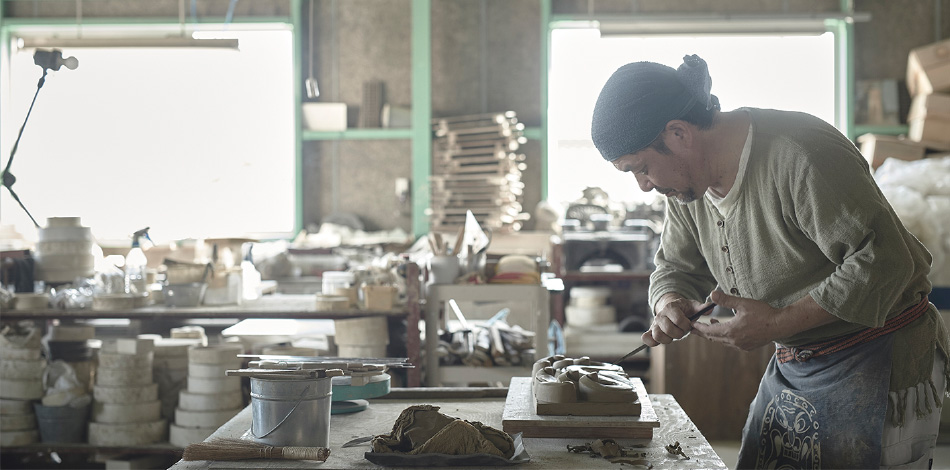
Most oni-shi have inherited the family work-shop, some running for generations. Traditionally, sons of the craftsmen leave their family to train with kiln manufacturers and other tile craftsmen for some years and then come back to learn the trade the family way.
This beautiful video, although only in Japanese, shows the whole process of making oni-gawara: from digging up the soil to carving and firing the tiles.
The company also offers tailor-made oni-gawara. Starting at 100,000 JPY, an artisan of your choice produces an oni-gawara according to your specifications. You will be up-dated on the production process on social media– if you wish to (and schedules allow it) you can even witness the piece entering/ leaving the kiln as well as final finish.
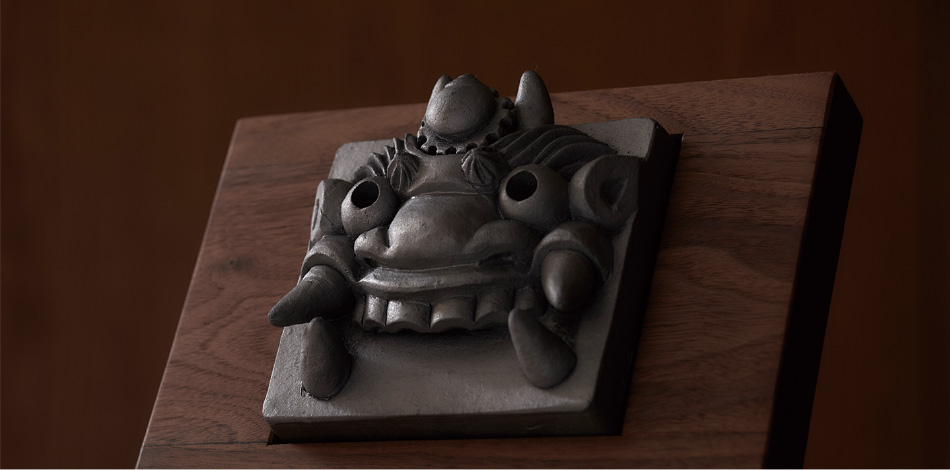
Houju Kimen by Akihiko Hattori
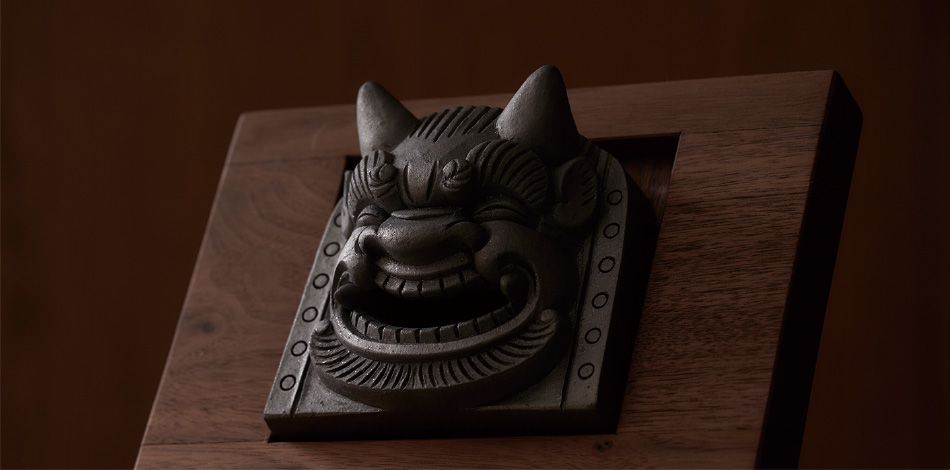
Shō Kimen (laughing oni tile) by Atsushi Yamashita

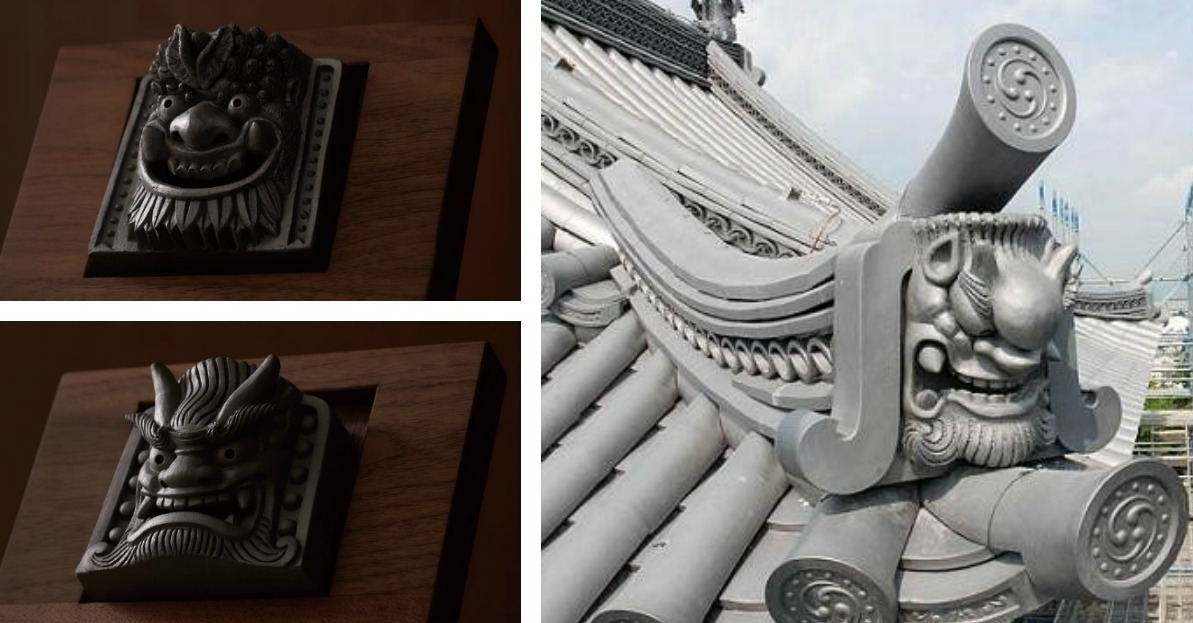
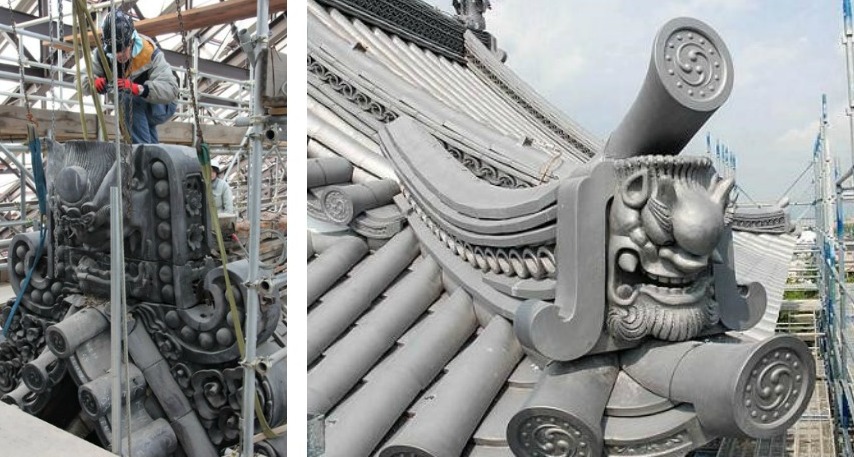
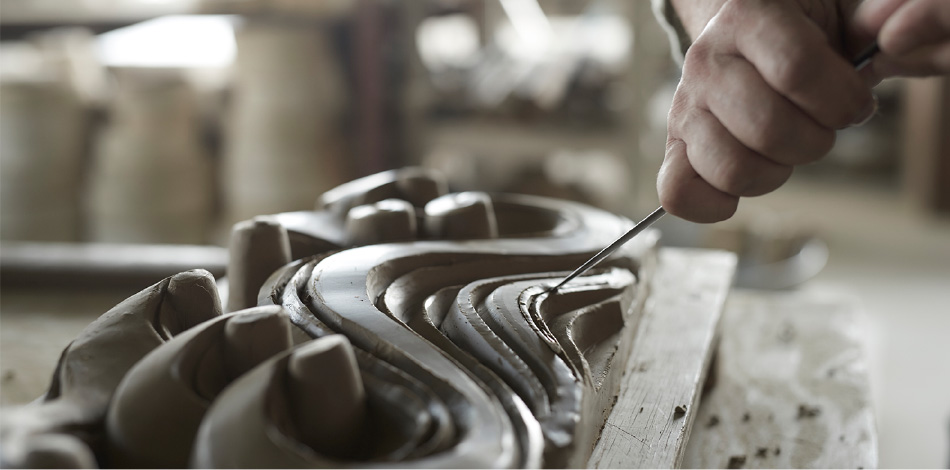

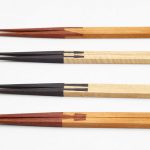
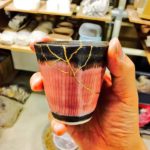
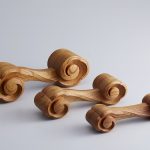
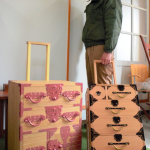


















February 23, 2017 at 9:41 am
Wow, wish there was an outlet that brought these into the United States for sale.. beautiful work.